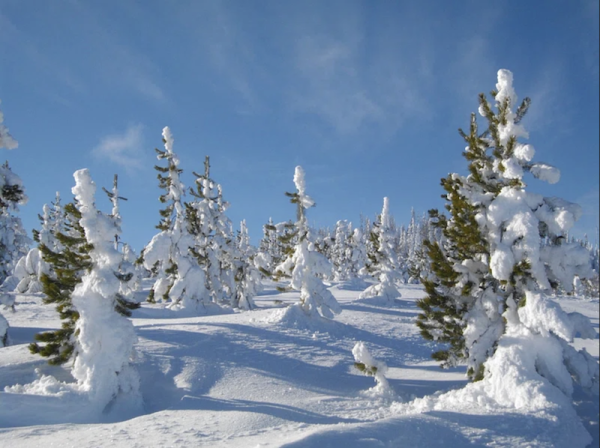
- Previous Article Police tactical negotiators face record number of critical incidents
- Next Article Court confirms insurance body’s use of health data was legal
The Finnish Meteorological Institute (FMI) has issued a high avalanche warning for four areas in Finnish Lapland this weekend. The warning applies to Kilpisjärvi, Ounas-Pallas, Ylläs-Levi, and Saariselkä, where the risk level has been assessed as three out of five.
The alert follows multiple avalanches in recent weeks, including incidents at Salmivaara and Kesänkitunturi fells.
Cold nights forecast for next week are expected to reduce the risk, according to FMI meteorologist Henri Nyman.
In addition to the high-risk zones, moderate avalanche danger (level two) has been reported for parts of the Luosto-Pyhä and Ruka areas in Northern Ostrobothnia.
The FMI said that snow levels in Lapland are typical for this time of year, except in Kilpisjärvi, where snow depth has reached 1.5 metres. More snow is forecast for the region.
The elevated danger comes just nine days after a fatal avalanche occurred in Sweden’s Abisko Mountains, roughly 300 kilometres south of Kilpisjärvi. Two Italian skiers died in that incident.
On the Finnish side of the border, rescue teams have recently been dispatched to multiple locations following reports of avalanches. In both Kilpisjärvi and Ylläs, helicopters, search dogs, and trained avalanche technicians were deployed.
Joonas Kortelainen, chief firefighter for the Lapland Rescue Service, said that dispatch decisions are often made with limited information.
“If we get a report, and we’re unsure whether someone is buried, we respond with full capacity,” Kortelainen said. “It’s safer to scale down than to realise too late that more help was needed.”
Kortelainen also serves as an avalanche trainer. He noted that preparedness has increased since a fatal avalanche at Pallastunturi in early 2024, in which a mother and child were killed.
The deaths led to a renewed focus on training. More joint exercises have been conducted across agencies, involving mountain rescue teams, search dogs, and local police units.
Antte Lauhamaa, a senior officer and avalanche instructor who led the Pallastunturi operation, said the tragedy prompted a reassessment of how quickly and comprehensively authorities respond.
The Finnish mountain rescue system now routinely includes search dogs in avalanche deployments. Dogs are trained to locate buried clothing and identify excavation sites in snow-covered terrain.
“The risks are not always obvious to visitors or even experienced hikers,” Kortelainen said. “Avalanches can occur on relatively gentle slopes, especially in conditions like the ones we are seeing now.”
The FMI advises caution in backcountry areas and encourages those travelling in avalanche-prone zones to check daily forecasts and avoid risky terrain. Snow depth, temperature variations, and wind patterns can all influence avalanche conditions.
HT
- Previous Article Police tactical negotiators face record number of critical incidents
- Next Article Court confirms insurance body’s use of health data was legal
Source: www.helsinkitimes.fi
